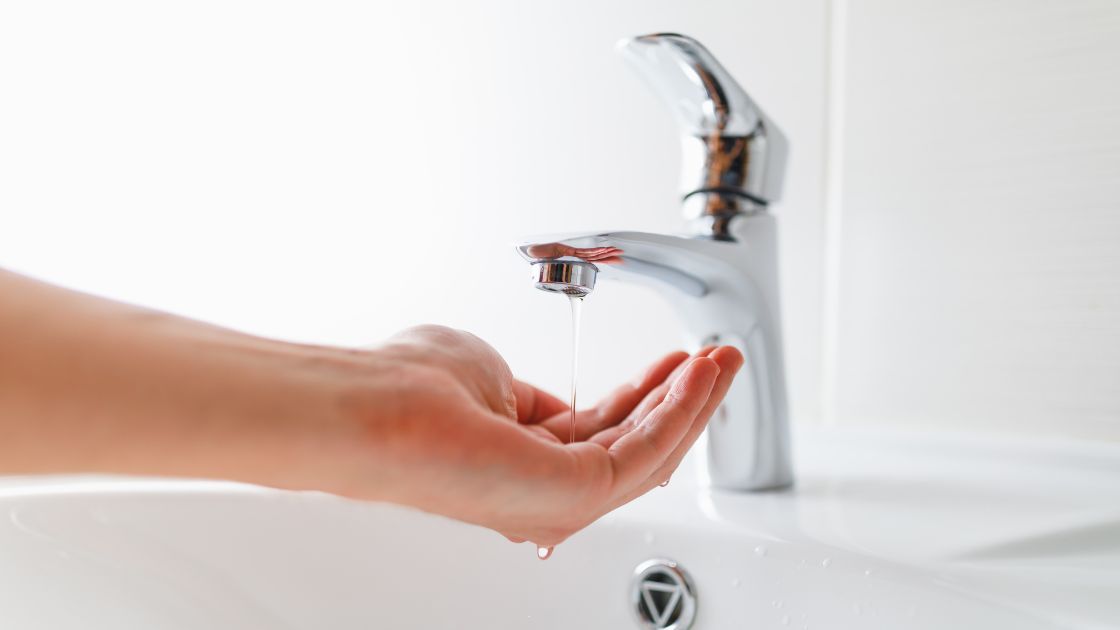Causes of Low Water Pressure in your Home
Adequate water pressure is crucial for household plumbing to function properly. But low water flow from taps, showers, and appliances is a common headache. Understanding the root causes of low water pressure helps you resolve the issue. Here are the most common culprits and solutions.
What is Considered Low Water Pressure?
Normal water pressure ranges between 45 to 80 PSI (pounds per square inch). Pressure below 45 PSI often leads to complaints of weak flow and problems operating plumbing fixtures.
Some common signs of low water pressure:
- Showers have weak flow or sputter
- Faucets produce only a trickle
- Toilets, washing machines, and dishwashers fill slowly
- Operating multiple fixtures makes pressure drop further
Related article: Signs You Need to Call a Plumber
6 Common Causes of Low Water Pressure
1. Partially Closed Shutoff Valves
Start your inspection at the main house shutoff valve where water enters your home. Make sure the valve is fully open. Partially closed valves restrict flow. Also, check under sinks and behind toilets for any partially closed valves.
2. Clogged Water Supply Filters
Whole house water filters, tap filters, and refrigerator water filters can become clogged with sediment and need replacing. Clogged filters reduce water volume.
3. Mineral Deposits in Pipes
Mineral buildup, rust, and corrosion inside pipes restrict water flow. Older metal pipes, especially copper pipes, are prone to internal deposits over years of use. Corroded pipes can significantly affect the plumbing system’s efficiency.
4. Undersized Pipes
If your home’s plumbing hasn’t been updated in over 20 years, smaller outdated pipes may not support modern water demand. This can affect both cold and hot water systems.
5. Issues with Water Mains
The external water supply mains providing water throughout your neighbourhood can develop issues leading to low pressure for the entire area. Contact your local water supplier if you suspect a problem.
6. High Water Demand
During peak water usage times, like morning and evening, operating multiple fixtures can temporarily lower pressure due to drained supply faster than it replenishes.
Solutions for Restoring Proper Water Pressure
- Flush out piping by removing faucet aerators to clear out debris. Use a water pressure gauge to check for normal water pressure levels. If low hot water pressure persists, inspect the hot water system.
- Replace old corroded galvanized or steel pipes with new copper or PEX pipes. This can help prevent issues related to mineral buildup and corroded pipes.
- Update home plumbing with larger 3/4 inch pipes and flexible PEX. This can improve flow in undersized systems and enhance the entire plumbing system.
- Install a booster pump system on the main water supply to homes with chronically low pressure. A pressure regulator can also help maintain consistent pressure.
- Repair leaks and dripping faucets to reduce water supply demand. Inspect the water meter and water meter valve for any signs of malfunction.
- Check the pressure regulator attached to your supply pipe. A faulty pressure regulator or broken pressure regulator can lead to fluctuating water pressure.
- Contact the municipality if the entire neighborhood has low pressure due to mains supply issues. Your local water supplier should address any widespread disruptions.
Getting to the root cause of decreased water pressure by a process of elimination can help you zero in on the solution. Don’t hesitate to call a local plumber for help diagnosing and boosting low water pressure.
Reliable Plumbing Services
For assessing and troubleshooting any home plumbing issues, including low water pressure, The Plumbing Life Saver offers comprehensive solutions. Our licensed plumbers serve Newcastle and surrounding areas. Contact us anytime at 1300 206 311 for expert help!
Related article: What is the Average Water Bill in Australia?



